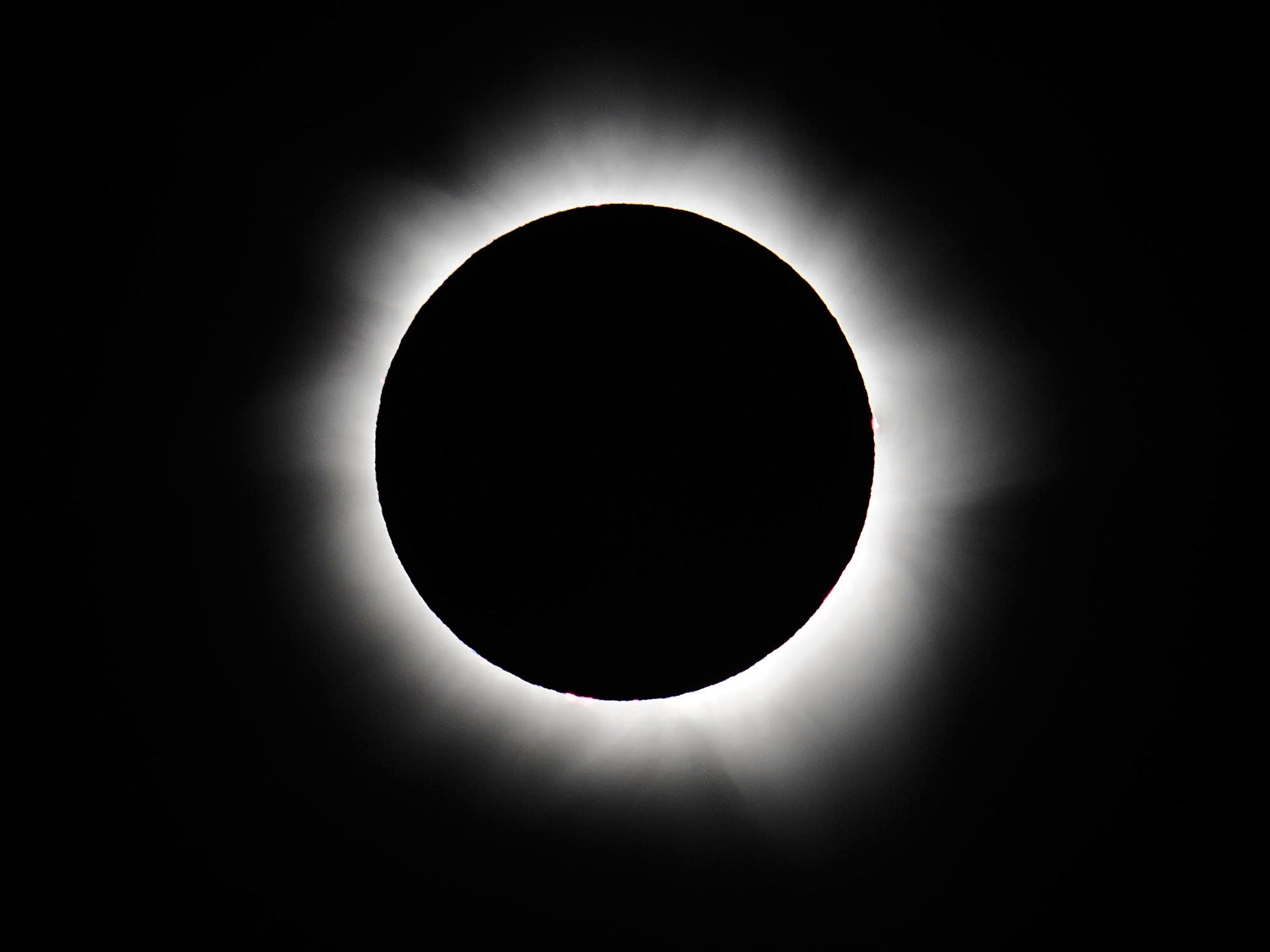Solar eclipse 2015: How to safely take pictures of the sun
Eclipses can be spectacular — but also dangerous if photographed and watched the wrong way

As the solar eclipse engulfs the UK in darkness on Friday, many will rush to their phones and cameras to photograph the sun and moon. But just as precautions should be taken while watching the sun with the naked eye, photographing the sun can cause damage to cameras if the right steps aren’t taken.
The lens in your camera, just like the one in your eye, can amplify the brightness of the sun and damage it. And since solar eclipses are all light, ensuring that the camera is set up right can be key to getting good photos, as well as keeping yourself and your camera safe.
When taking pictures of any solar eclipse, it is recommended that photographers use a solar filter. Those small filters, which slot on the top of a camera lens or can be laid across it, can be bought easily online. They work by limiting the amount of lights that goes through the lens, protecting the camera from the bright light.
It also works to keep the light from shining in your eyes. As you look through the camera to line up the shot, you run the risk of looking at the sun and endangering your eyes. Though a filter on the lens of an SLR will also block out the dangerous sunlight while looking through a viewfinder, in compact cameras the viewfinder can be separate to the lens — so is best either covered up or avoided when taking photos.
Otherwise, you can use almost any camera. Though an SLR will give more options for how to handle the light and the picture — including more ways to darken the image so that more of the eclipse can be seen — a properly set up compact camera should do the job.
Solar eclipse: Stunning images of the phenomenon from around the world
Show all 12The same is true of phones. But beware even more when using them — you still need a filter to keep your camera safe as well as avoiding annoying lens flare. If you must take a picture with your camera, or use it as a way of looking at the sun, ensure that you don't do it for any more time than absolutely necessary.
If you do have the ability to change the settings, it’s worth reducing the amount of light that the camera is taking in and making sure that the flash is turned off. But it’s also key not to go dark when setting the camera up — for obvious reasons, the sky will go much darker during the eclipse so a camera set too dark could miss the image entirely.
A long zoom will work best, because it will give a larger image of the sun. But it’s also important not to zoom in too much since some of the exciting bits of the eclipse happen around the sun and moon, creating the “coronal streamers” of light that come out the side of pictures of solar eclipses.
It’s also worth taking a number of pictures — as many as you can — as the solar eclipse happens. That way, you can try out a number of settings, and also ensure that the quirks and glitches that are likely to happen when taking photos of such a spectacular event don’t ruin your day.
Subscribe to Independent Premium to bookmark this article
Want to bookmark your favourite articles and stories to read or reference later? Start your Independent Premium subscription today.

Join our commenting forum
Join thought-provoking conversations, follow other Independent readers and see their replies